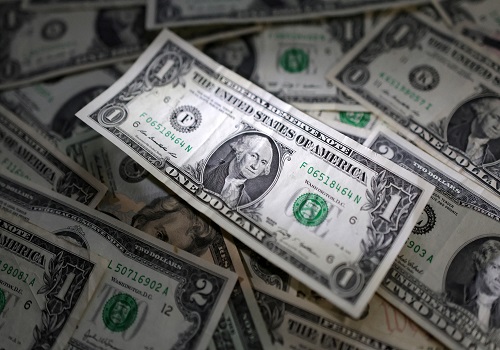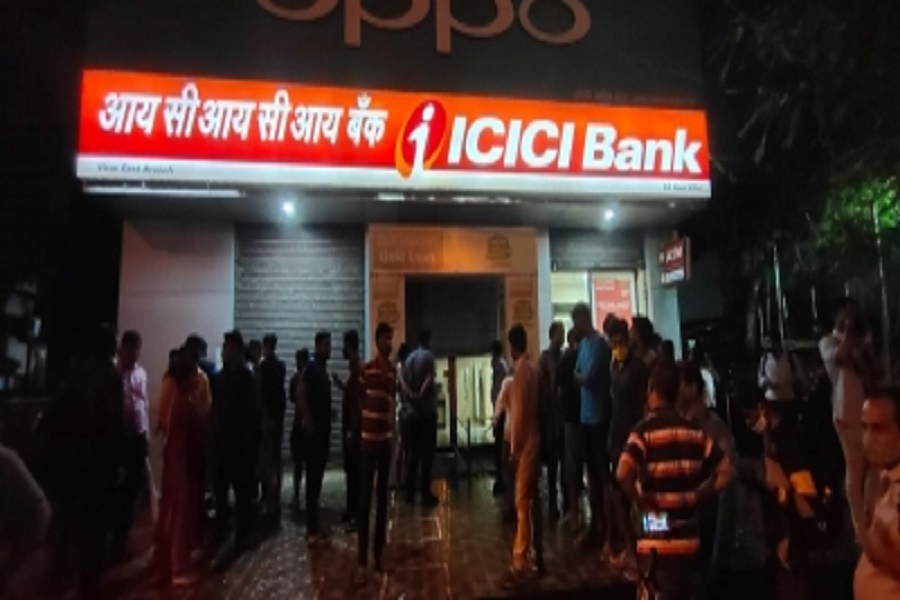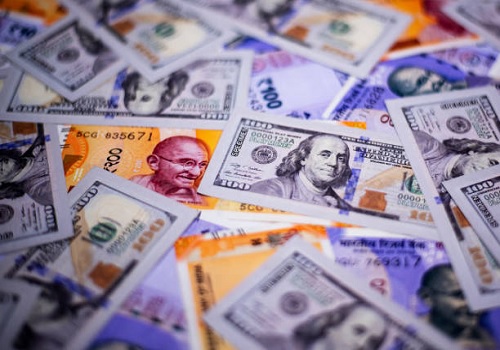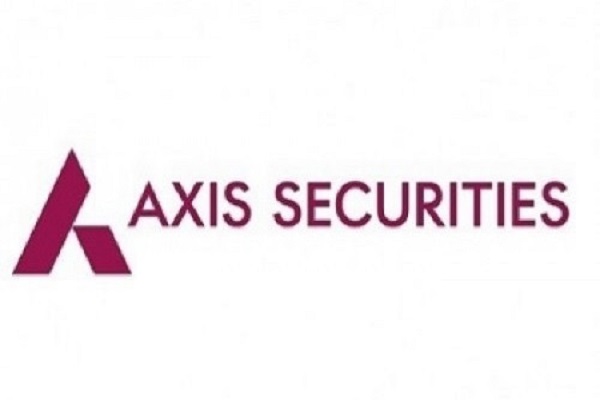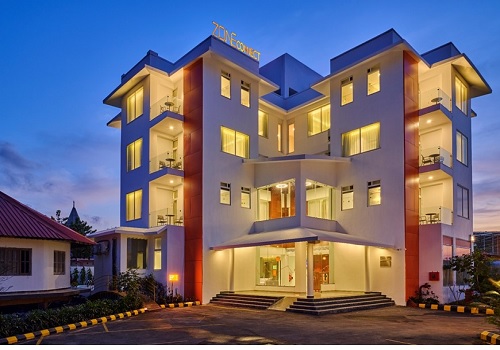Consumer Durables Sector Update : GST rate cuts a booster dose By JM Financial Service Ltd
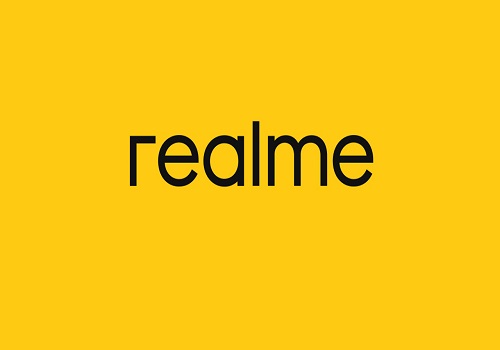
The GST council’s approval for cut in GST rates from 28% to 18% for air-conditioners and televisions, amongst other consumer durables is a welcome reform. These new rates are expected to be effective from 22nd Sep’25. We expect this to result in price cuts of 7-8% across the board, and boost air-conditioner volume growth by 9-10%, assuming the benefit is passed onto the end-customer. However, it is important to note that, in anticipation of lower prices, customers are likely to have deferred purchases through August and most of September. Nonetheless, starting last week of September and through October, we expect (1) festive cheer, (Navratri starting from 22nd Sep) and impact of the second summer; (2) customers who deferred purchases finally buying; and (3) GST cut-led price elasticity to play out. We believe that if this does materialise on expected lines, the industry could be back to normal inventory levels by mid/end-October, which, in turn, should set the ball rolling for brands and manufacturers again.
- The much awaited GST cut is here; ACs, TVs, dishwashers and LED lights key gainers: The GST council, in its meeting on 3 rd Sep, approved a simplified dual GST slab structure of 5% and 18%, and removed the 12% and 28% slabs. This revised structure is expected to be effective from 22nd Sep’25. On the back of this, within the consumer durables space, air-conditioners, televisions of 32 inches+, and dishwashers are likely to enjoy lower GST rates of 18%, vs. 28% earlier, while LED lights, fixtures, and energy efficient lighting will now fall within the 5% slab vs. 12% earlier.
- Our take on the impact of GST cuts: Our calculations suggest (refer Exhibits 5 and 6) that air-conditioners and televisions (>32 inches) can see price cuts to the tune of 7-8% across the board. Further, our discussions with industry participants suggest an average price elasticity of 1.2x for ACs, which indicates that an 8% price cut can translate into additional volume growth of 9-10%, assuming the benefit is passed on to the end customer. Further, we believe that brands are highly likely to pass on the benefit, given fierce competition within the space, and also the government’s stance on the same. If this plays out, our calculations suggest an upward revision of 2-5% in FY27/28E EPS estimates for AC brands. The one risk that we see here is these price cuts replacing festive discounts, and restricting the benefit to end-customers.
- This can aid normalisation of the AC inventory build-up by October: Given inventory build-up owing to weak summers, we understand that brands and the channel put together held ~4mn units. This included brands and the channel holding ~1mn units of incremental inventory each, over and above normal levels of ~1mn units each (equivalent to ~1.5 months). Generally, the industry records sales of 650-750k units in the offseason. However, August was below average, given pleasant temperatures, and expected GST-cut led purchase deferment. Further, we expect a similar story through most of September as well given the new rates will be applicable w.e.f. 22nd Sep’25. However, in October, we expect (1) festive cheer, and impact of the second summer; (2) customers who deferred purchases finally buying; and (3) GST cut-led price elasticity to play out. Our calculations suggest that if this plays out, industry should be back to normal inventory levels by end-October, which will set the ball rolling for brands and manufacturers again.
Our analysis of the channel situation now, and the expected impact
- With the early monsoon playing spoilsport for the Indian AC industry, we understand that the industry, both brands and the channel put together, held ~4mn units of total inventory. This included both brands and the channel holding ~1mn units of incremental inventory each, over and above normal levels of ~1mn units each (which is equivalent to ~1.5 months of normalised inventories). To put this into perspective, we understand that total inventory stood at ~4mn units, including 2-2.1mn units of normal inventory, while the rest is the surplus as a result of the weak summer.
- Generally, the industry sees sales of 650-750k units in off-season months (i.e., months other than March-June). However, sales in August remained below average, given conducive temperatures across August, curtailing the need for ACs, and the Prime Minister’s announcement of GST cuts driving potential customers to defer purchases.
- Further, we expect a similar deferment to play out through September as well given the reduced GST rates will be applicable w.e.f. 22nd Sep’25.
- However, October appears to be an interesting month. We expect festive cheer, the expected impact of the second summer, and the ramp-up in demand resulting from the GST cuts to come through. Hence, over and above normal sales of 650-750k units, we expect incremental sales from purchases deferred through August and September. Further, assuming that brands will pass on the benefit of these rate cuts to customers, it is likely that some price elasticity will play out. Our conversations with industry participants indicate that price elasticity hovers around 1.12x, which means that the expected 8% cut in prices can result in an increase in demand of ~9%.
GST council meeting and key highlights
- The 56th GST Council meeting held on 3rd Sep’25 in New Delhi, chaired by the Union finance minister, has reformed the GST regime with the aim of rationalising rates, providing relief to consumers, and facilitating trade.
- The council has endorsed a simplified dual GST slab structure of 5% and 18%, replacing the previous slabs while introducing a high 40% slab on selected luxury and sin goods like pan masala, cigarettes, tobacco, and certain aerated beverages to secure revenue.
- The GST rate changes on goods and services will be implemented primarily from 22nd Sep’25.
- Sector-wise, tax rates on essential and mass consumption items have been drastically reduced, such as rates on staples and processed foods, including dairy items, nuts, baked foods, and certain beverages dropping from 12% to 5%; consumer goods like toothpaste, shampoos, soaps, and cosmetics have also been moved from 18% to 5%.
- Automobiles, including hybrid cars and small two-wheelers have seen the rate being cut from 28% to 18%, while premium cement and construction materials also moved down a slab to 18%, supporting infrastructure growth.
- Electronics like air conditioners, refrigerators, and television sets will be taxed at 18% instead of 28%. In contrast, luxury vehicles, personal aircraft, yachts, and some tobacco products are taxed at 40%. Agriculture, textiles, handicrafts, fertiliser, footwear, and leather sectors have broadly benefitted from rate reductions from 12% to 5%, with specific exemptions and clarifications provided to facilitate trade and ease compliance for MSMEs and exporters. Life and health insurance services, previously taxed at 18%, have been exempted entirely.
- The council also announced process reforms including risk-based provisional refunds from Nov’25, automated pre-filled GST returns, and simplified GST registration schemes for low-risk and small businesses. These reforms aim to reduce compliance burdens and increase ease of doing business. Furthermore, the establishment of the GSTAT is expected to bolster tax certainty by resolving disputes efficiently and ensuring consistent rulings. Revenue loss due to the rate rationalisation is estimated at around INR 480bn annually, necessitating careful monitoring and a proposed compensation mechanism postcompensation cess phase-out in 2026.
GST rate cuts a welcome change amist a weak season
AC sales through summer 2025 were below expectations owing to weaker-than-expected summers and the early onset of the monsoon. Companies entered the summer with strong expectations after a record FY25 summer. Further, driven by the anticipation of a shortage of compressors, the channel was well prepared, to avoid any stock-out situations arising from strong demand. A weak season coupled with a heavy build-up of inventory in the channel, drove weak primary and secondary sales, and further resulted in negative operating leverage for brands and contract manufacturers.
- Weather-led demand shock: The single biggest driver of weak sales was an abnormal summer. Temperatures remained cooler across large parts of the country, the onset of summer was delayed, and the season ended early with an extended monsoon. The Voltas management stated that peak AC demand was curtailed due to the late arrival of summer, which was cooler than normal, and paved the way for an early monsoon. The PG Electroplast management also stated that the room AC season ended abruptly, leading to lower-than-forecast sales and order cancellations from large customers.
- Elevated starting inventory levels led to large closing inventories: The industry carried surplus inventory into April after a strong FY25, which compounded the impact of weak consumer demand. (1) The EPACK management highlighted surplus finished goods carried over from 4QFY25, noting that channel inventory was at its peak beginning of June. (2) Voltas entered the season with robust channel stocking in anticipation of a continuation of demand trends from the prior year. The management indicated that the channel is currently carrying an inventory of ~2 months, while Voltas itself currently has an inventory of ~3 months. (3) Blue Star indicated ~30 extra days of surplus stock in trade over and above normal levels of ~40 days. (4) The PGEL management indicated that channel inventory stood at ~2mn units, over and above which a similar level of inventory is lying unsold with all brands cumulatively. It also indicated that the industry is holding ~2.5-3 months of incremental inventory over and above the normal inventory of 1-1.5 months.
- Profitability hit by operating leverage: The volume shortfall during peak season eroded factory utilisation and profitability across the value chain. Voltas pointed to underabsorption of fixed costs and higher warehousing/holding expenses, while Blue Star highlighted the loss of operating leverage that had boosted margins in 1QFY25. Higher fixed expenses such as A&P spend and in-store demonstrators incurred in anticipation of the strong summer season contributed to the decline in profitability.
- Shift in focus towards next season: As inventory correction took priority, companies shifted focus to preparing new product line-ups for the upcoming BEE/energy label revision. EPACK management highlighted that brands were already focusing on creating the line-up for the next season once inventory alignment began. Voltas similarly emphasised preparations for the new star labelling regime. However, for manufacturing activities to pick up again, clearing of the additional channel in the inventory will be key.
Please refer disclaimer at https://www.jmfl.com/disclaimer
SEBI Registration Number is INM000010361

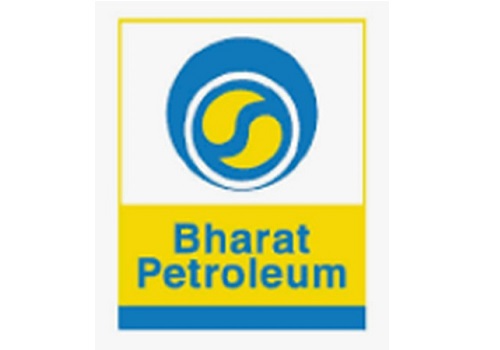
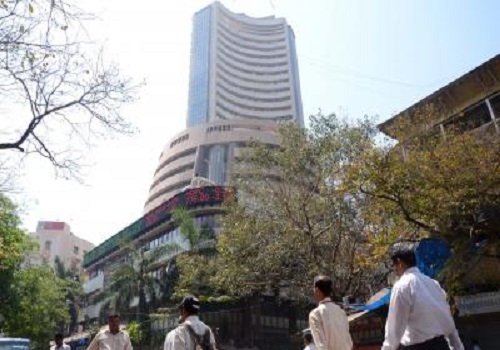

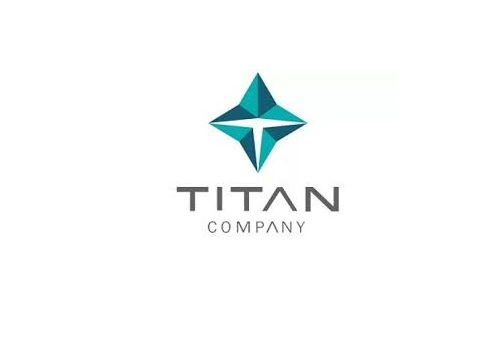



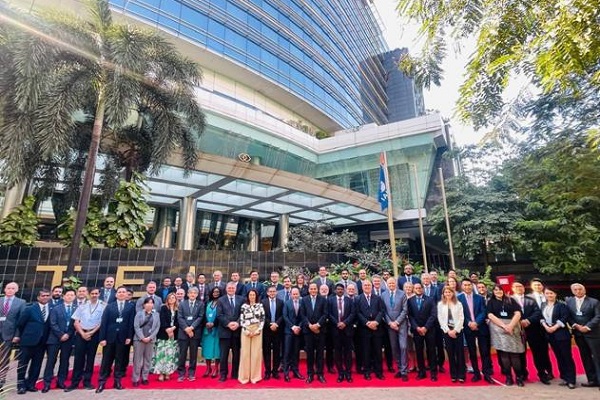
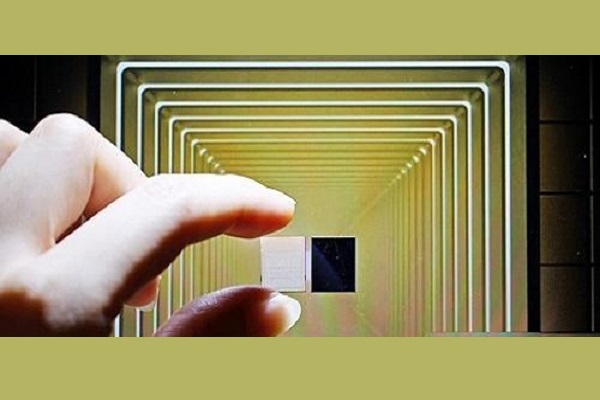
More News
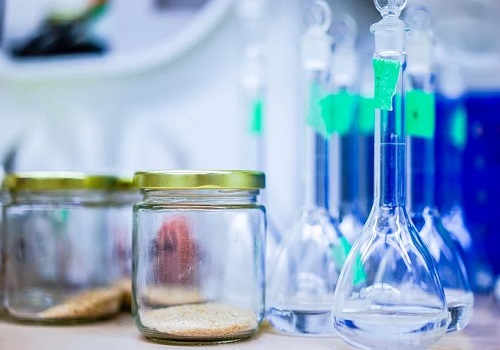
Chemical Sector Update : Selective recovery signs in Q4 by Elara Capital






